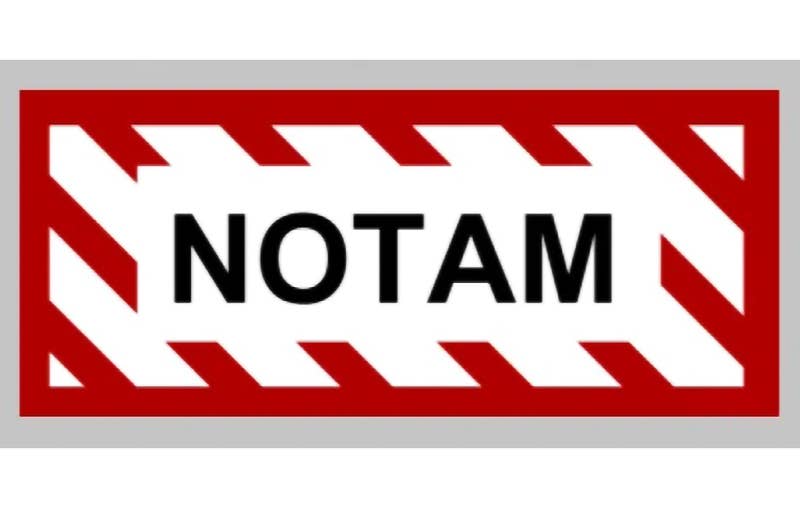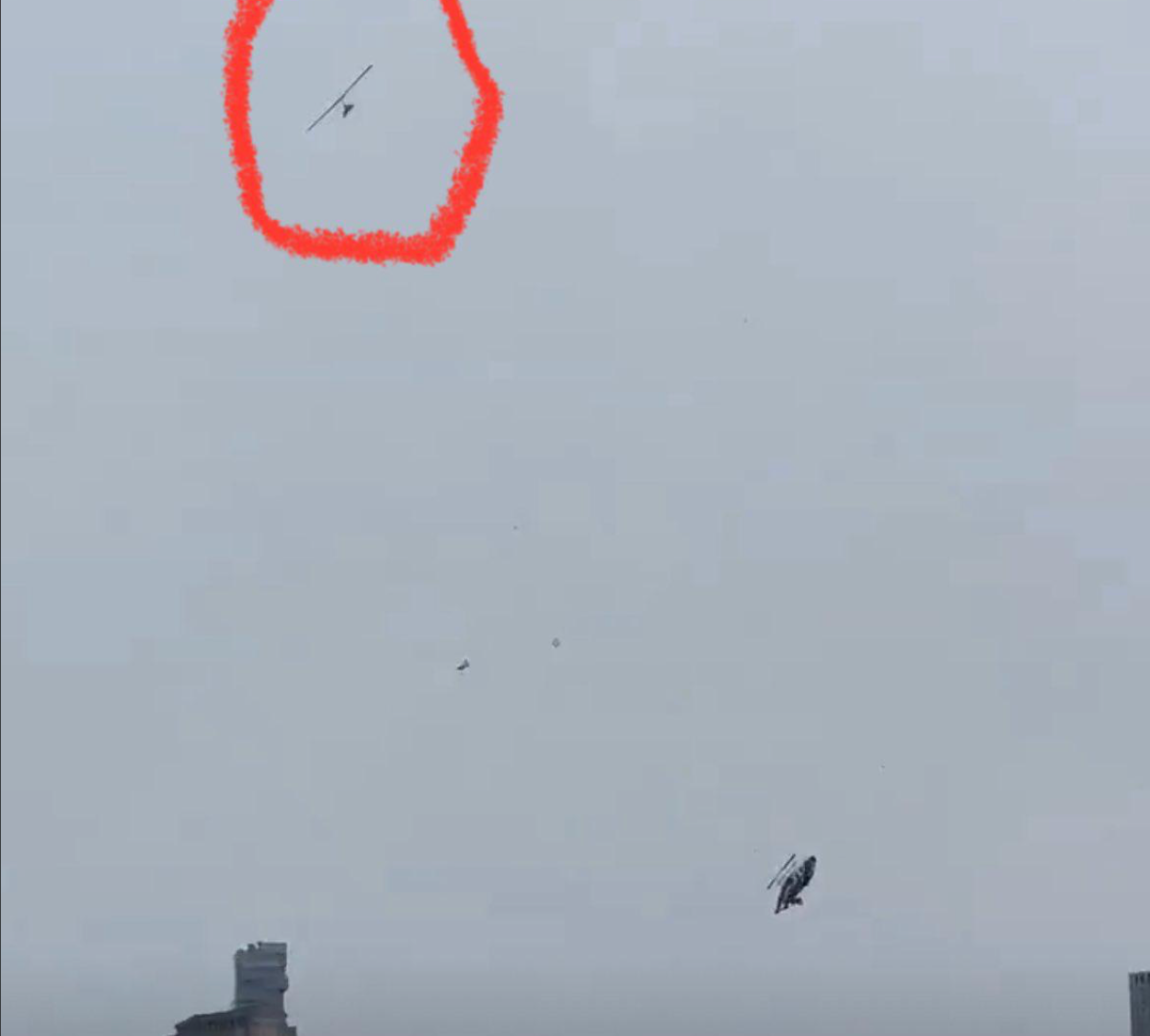NTSB Public Meeting Cites Maintenance Error In Fatal Saab 2000 Accident
According to an announcement at a public meeting on Nov. 2, the National Transportation Safety Board (NTSB) has determined that “incorrectly wired anti-skid sensors” compromised the braking system of a…

Photo: Unalaska Department of Public Safety
According to an announcement at a public meeting on Nov. 2, the National Transportation Safety Board (NTSB) has determined that “incorrectly wired anti-skid sensors” compromised the braking system of a PenAir Saab SA-2000, and was a significant factor in the Oct. 17, 2019, fatal runway overrun accident in Unalaska, Alaska.
NTSB Chair Jennifer Homendy said, “Even though the airplane, the pilot, the weather, and federal oversight all had a role in this tragedy, it was entirely preventable. The brake system should have been designed to protect against human error during maintenance, the pilot shouldn’t have landed on a runway with such a strong tailwind, and federal regulators should have considered the runway safety area dimensions when authorizing the airline to fly the Saab 2000 into that airport.”
PenAir Flight 3296 overran the runway while landing at Unalaska Airport (also known as Tom Madsen Airport or Dutch Harbor Airport). According to the NTSB, “The airplane crashed through the perimeter fence, crossed a road, and came to rest on shoreline rocks on the edge of Dutch Harbor.” One passenger was killed; one was seriously injured; and eight others received minor injuries, “mostly during the evacuation,” according to the board. The pilots, flight attendant and 29 passengers escaped injury.
A post-accident investigation showed that maintenance personnel mis-wired the anti-skid system sensors while overhauling the left main landing gear. As a result, during the accident landing, one tire skidded and burst, leading to “the subsequent release of brake pressure on two of the three remaining wheels.” The board reported that the loss of effective braking on three of the four main landing gear wheels prevented the flight crew from stopping on the runway.
The board also criticized the crew. “Because the captain elected to land on a runway with a reported tailwind that exceeded the airplane manufacturer’s operating limit, the airplane touched down with a higher-than-normal groundspeed.” That decision was “intentional, inappropriate, and indicative of plan-continuation bias,” according to the NTSB.
The FAA also caught flak from the board, which claimed the agency “did not recognize that the safety area beyond the end of the runway did not conform to the recommended safety criteria for an airplane in that design category.”






